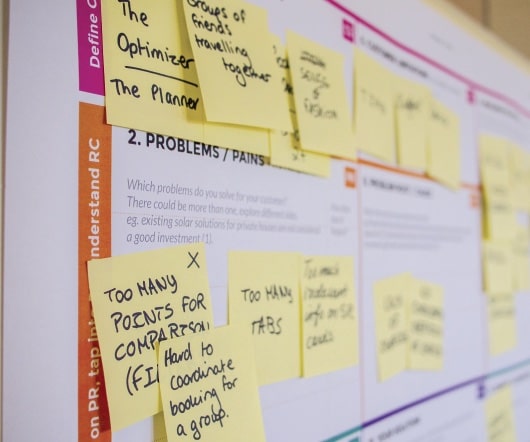IBM Cognos: Established Business Intelligence Player
CTOvision
MARCH 13, 2015
It was acquired by IBM in 2008 and is now referred to as the IBM Cognos platform. While still considered by many to be associated with the legacy technology world, IBM has been investing in improving Cognos and we regard it as a function worth tracking. For more information, check out the other IBM solutions at their website.














Let's personalize your content